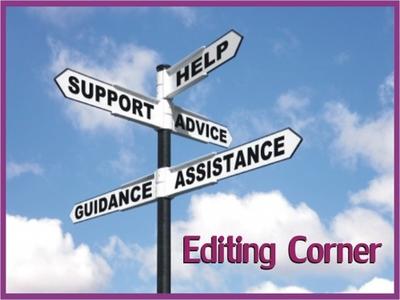Recently, over on the Oh Get A Grip blog, Lisabet Sarai noted a preponderance of famous artists who suffered from some sort of mental illness, and wondered if suffering for your art was essential to creativity.
I was reminded of that as I underwent the new protocol for screening for depression. If you haven’t had your annual checkup, be prepared to be asked a series of questions ranging from the softball – have you been feeling down lately? – to the startlingly hardball: have you tried to kill yourself?
My interrogator was a bit taken aback at my response when she asked me if I’d felt depressed anytime during the past few months. First I said yes. Then I laughed, out loud and heartily.
I quickly assured her I wasn’t off my rocker.
“C’mon,” I said. “You know what I’ve been through. If I wasn’t depressed, I’d be afraid there was something wrong with me.”
This time she laughed; after all, she had my recent medical history in her hand.
As the end of last year approached I was contemplating an easy slide into retirement, which was to include a nice chunk of change in the form of a $50,000 severance. Around Christmas time, the place I worked for declared Chapter 11. Kiss that severance goodbye. Not to worry, though, as I had squirreled away enough for a decent nest egg. But damn, that 50 grand was going to be my European river cruise money.
About five weeks after that great news I was hospitalized for seven days and diagnosed with a scary auto-immune disease. Today I’m taking about 15 pills for breakfast, some of which come with vexing side effects.
Then, just to drop the hammer on the bump left from the last brick that fell out of the sky, I came out of the hospital with a crippling sciatica that I blame on the bed and which I still haven’t shed entirely.
By that time, I was beginning to understand how easily people came to believe in witchcraft and such, because I was convinced someone was going bat-shit crazy with a voodoo doll of me. Talk about a series of unfortunate events.
So, yeah, I was depressed. But I had reasons to be depressed. And I wasn’t at all uncomfortable about being depressed.
In fact, I embraced my depression, got crabby and enthusiastically vented my irritation. And while I cursed my fate with gusto, in no way was I going to trouble deaf heaven with my bootless cries. After all, I am the son of an Irish mother who often advised, “Might as well go ahead and feel sorry for yourself, because no one else is going to.”
Yup, just a waste of time.
Meanwhile, I had come to detest th0se awful pharma commercials where they list all the god-awful side effects of whatever overpriced miracle drug they are trying to flog. Don’t talk to me about goddamned side effects.
Nor could I stomach any more of those uplifting and inspiring stories news shows feel obligated to feature these days about folks who have overcome some debilitating disease.
The commentator would always gush at the conclusion, “Oh, that’s so inspiring.” To which I would grumble, “Aw, fuck you.”
See, when I’m hurting and miserable, I don’t need to be faulted for not founding a university.
On the other hand, I recalled the sage words of a lonely but brilliant man, an outstanding grammarian whom I considered a mentor at a Connecticut newspaper I worked at a century or so ago. In a voice that made you wonder if he gargled with gravel, he’d lament, “No matter how bad things are, no matter how fucked up you might be, some asshole will always come along and say, ‘Well, things could be worse.'” Amen.
I know there are people more afflicted than I; so what? Geesh, don’t turn it into a competition. Is there such a thing as suffer-shaming?
Don’t misunderstand me. I would never diminish another human being’s ordeals or sufferings. Particularly, folks who suffer from clinical depression. I have lost friends to that accursed ailment.
Maybe some writers and artists have been able to channel their suffering into their art. I did attempt to get my mind off my woes by plopping myself in front of a keyboard and managed to eke out one story. But practically speaking, when you’re hurting, and you’re a normal human being, you can’t really think of anything else.
Any advice to the contrary brings me back to some bad old days of my childhood when fat nuns who looked like they never wanted for anything in their lives would tell us poor kids, “Offer your suffering up to God.”
Huh?
As for just being crazy, and not even realizing you’re suffering, I have no experience with that … yet.
So, don’t bother me about suffering artists. And when the storm of slings and arrows blows your way, remember it’s your right as a human being to gripe and get crabby. You’re not obligated to inspire anybody. Piss, moan, and persevere … the art will take care of itself.











